Three Cheese Sourdough Bread
4.6
(9)
Your folders
Your folders
Prep Time: 30 minutes
Cook Time: 40 minutes
Total: 1570 minutes
Servings: 16

Ingredients
Export 8 ingredients for grocery delivery
Instructions
Step 1
Mix Levain: Mix together ripe/active sourdough starter with bread flour and water. Cover loosely and let sit 3-4 hours at 78°F until doubled, bubbly & peaked.
Step 2
Fermentolyse: Once the levain is ready (bubbly, doubled in size, milky sweet smell), mix together 100 grams levain, 350 grams water (warm the water if the ingredients are too cold and cool water if the ingredients are too warm), 450 grams bread flour and 50 grams whole wheat flour. Let rest for 30 minutes.
Step 3
Mixing the Dough: After 30 minutes, add the reserved 10 grams salt and 25 grams of water. Combine using your hands by squeezing the dough between your fingers, pinching chunks of dough and reincorporating together. The dough will break apart and then reform in the bowl through this process. Pick up one side of the dough and fold it over on itself. The dough will be sticky. Wet your hands as needed and continue to work with the dough until all the salt and water has been incorporated. Continue mixing for about 3-5 minutes until thoroughly combined. Transfer the dough to a plastic container or a glass bowl and cover.
Step 4
Stretch and Folds: Perform a series of “stretch and folds” throughout the next 2 hours. The goal is to strengthen the dough. To “stretch and fold,” wet your hand (so it doesn’t stick to the dough). Reach around the dough down to the bottom of the bowl, pull the dough up and over and place it on top of the dough. Turn the bowl a quarter turn and repeat the stretch and fold. Turn another quarter turn and repeat. Perform one more quarter turn, stretching and folding the dough. Cover and set aside. Take note of how the dough feels through this process. It will go from feeling a little shaggy to smooth and elastic. Cover the bowl and wait about 30 minutes in between stretch and folds.
Step 5
Stretch and fold #1: 30 minutes into bulk fermentationShred the Parmesan, Gruyere and sharp cheddar cheeses and set aside.Stretch and fold #2: 30 minutes later - during this stretch and fold, dump the shredded cheeses on top of the dough. Perform stretch and fold #2, adding the cheese in as you fold. Stretch and fold #3: 30 minutes later, the dough will spread out. Stretch and fold again, incorporating the cheese into the dough.Stretch and fold #4: Optional, if you feel your dough needs it, stretch and fold again, mixing in the cheese as you go.
Step 6
Rest: Cover the dough and let rise for 1.5-2 more hours. You’ll know the dough is ready to shape when the dough is puffed up, jiggles when you shake the bowl, has scattered bubbles visible on the sides and top.
Step 7
Pre-shape: Tip the bowl upside down, allowing the dough to fall onto a clean counter surface. Be gentle to avoid degassing the dough as much as possible. Wet your hands and the bench knife if needed and push the bench knife under the dough on one side and your free hand on the other side to tuck the dough under itself. The goal is to introduce some tension into the dough. Repeat this process, going around in a circle until you have a ball of dough.
Step 8
Bench Rest: Let the dough rest uncovered for about 30 minutes at room temperature. The dough will flatten (like a pancake) during this period of time. This allows the gluten in the dough to relax and prepares the dough to be shaped.
Step 9
Shaping: Prepare a bowl or banneton. Place a kitchen towel or hair net in the bowl and liberally flour as needed. Sprinkle a little flour on top of the dough. Using a bench knife, lift the dough up off the counter and place it on top of the countertop – floured side down. This ensures that the flour is staying mainly on the outside of the dough. Going around in a circle, pull the dough sideways towards you and then fold up to the top of the round. Move 90 degrees and repeat the same process pulling the dough sideways and then folding up to the top. As you continue this process around the dough, increase the tension as you pull. Gather the bread into a circle and place into a lined bowl. Note: It is possible to shape the dough without any extra flour. The dough can stick to the kitchen towel but doesn't stick to the hair nets if cold proofed.
Step 10
Cold Fermentation: Cover the dough with the tea towel/shower cap/plastic wrap and refrigerate overnight or up to 14-20 hours. If you want to bake the same day, you can let the dough rise for about 3-4 hours until puffed up and risen. Then bake according to recipe directions.
Step 11
Preheat the oven: Put a Dutch oven (top and all) into the oven and preheat to 500°F for 30 minutes. You are working with very high temperatures, so make sure you have some good hot pads. Once preheated for 30 minutes, pull the loaf out of the refrigerator. Remove the covering. Place a piece of parchment paper on top of the dough. Flip the dough over so it is now sitting on the parchment paper. Take off the bowl/banneton and the kitchen towel.
Step 12
Scoring: Use a very sharp knife or bread lame to score the dough. Take the bread lame and score on one side of the dough, at a shallow angle about 30º and 1 inch deep. Score straight from the refrigerator on the cold dough for best results.
Step 13
Baking: Carefully remove the Dutch oven from the 500°F oven. Take the lid off and place your bread into the Dutch oven (including parchment paper – this helps with the transfer). Put the lid on and put back in the oven. Lower the temperature to 450°F and bake for 25 minutes. After 25 minutes, take the lid off the Dutch oven and continue baking for 20 minutes until the bread is a crackly deep brown. Remove the Dutch oven and let bread cool. Enjoy!
Top similar recipes
Curated for youYour folders
 86 views
86 viewsThree Cheese Sourdough Bread
amybakesbread.com
Your folders

 319 views
319 viewsThree Cheese Bread
trulygrassfed.com
Your folders

 337 views
337 viewsThree Cheese Garlic Bread
mrfood.com
5.0
(2)
10 minutes
Your folders

 269 views
269 viewsThree-Day Sourdough Bagels
bakerybits.co.uk
Your folders

 178 views
178 viewsThree Cheese Garlic Pull Apart Brea...
therecipecritic.com
30 minutes
Your folders

 825 views
825 viewsJalapeño And Cheese Sourdough Bread
heartbeetkitchen.com
4.8
(14)
45 minutes
Your folders

 1342 views
1342 viewsCheese And Garlic Sourdough Bread
lavenderandlovage.com
4.4
(21)
1 hours
Your folders

 360 views
360 viewsThree-Cheese Grilled Cheese
foodnetwork.com
10 minutes
Your folders

 437 views
437 viewsThree-Cheese Pimiento Cheese
stevehacks.com
5.0
Your folders

 328 views
328 viewsThree-cheese tart
delicious.com.au
35 minutes
Your folders

 255 views
255 viewsThree-Cheese Souffles
tasteofhome.com
4.6
(5)
40 minutes
Your folders

 360 views
360 viewsThree-Cheese Calzones
foodnetwork.com
4.7
(3)
20 minutes
Your folders
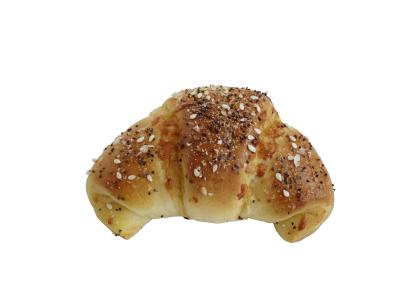
 302 views
302 viewsThree-Cheese Crescents
foodnetwork.com
25 minutes
Your folders

 422 views
422 viewsThree Cheese Quiche
12tomatoes.com
4.8
(64)
40 minutes
Your folders
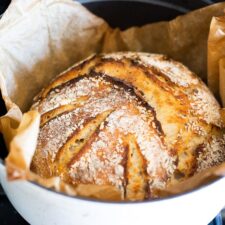
 2353 views
2353 viewsSourdough Bread
feastingathome.com
4.9
(468)
13 hours
Your folders
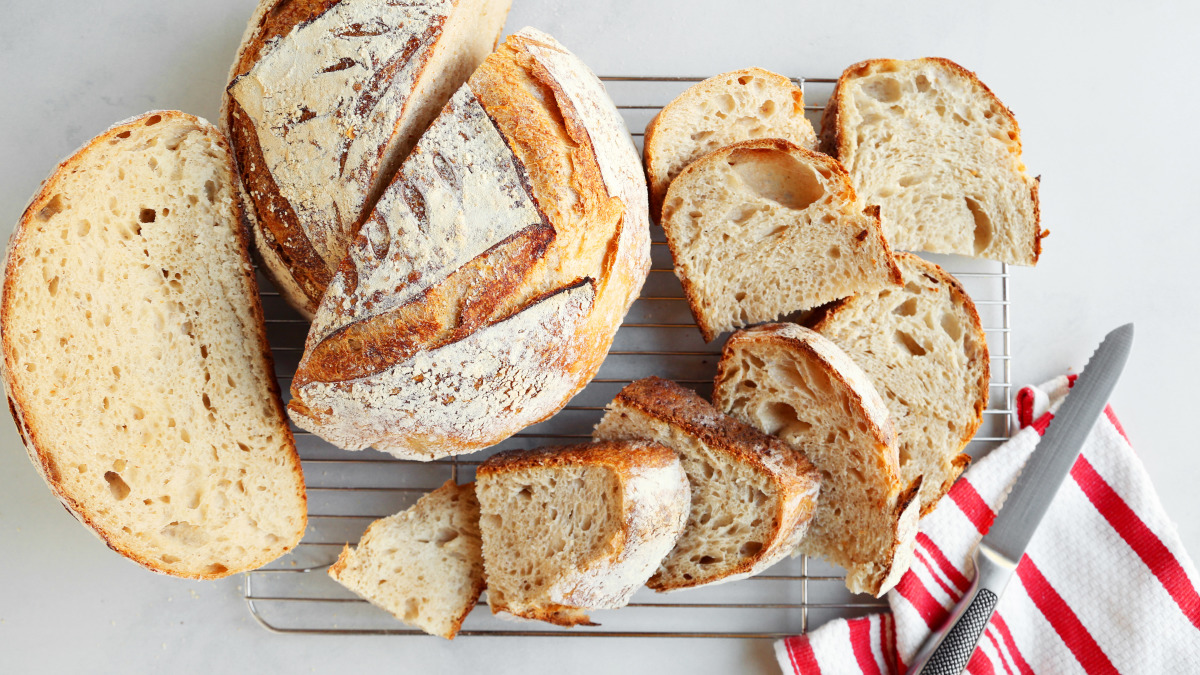
 508 views
508 viewsSourdough Bread
food.com
50 minutes
Your folders
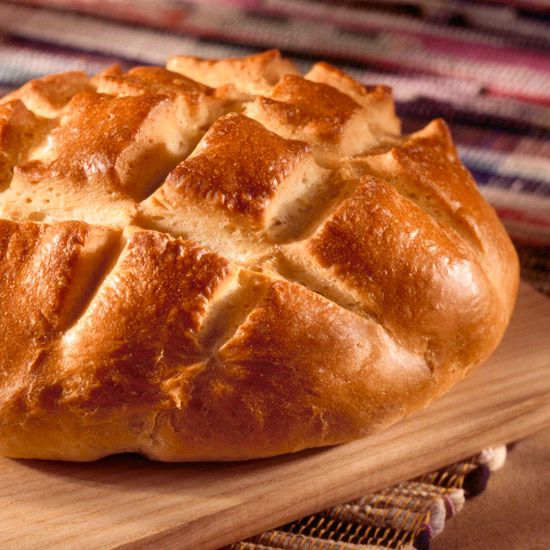
 366 views
366 viewsSourdough Bread
bhg.com
4.3
(20)
Your folders
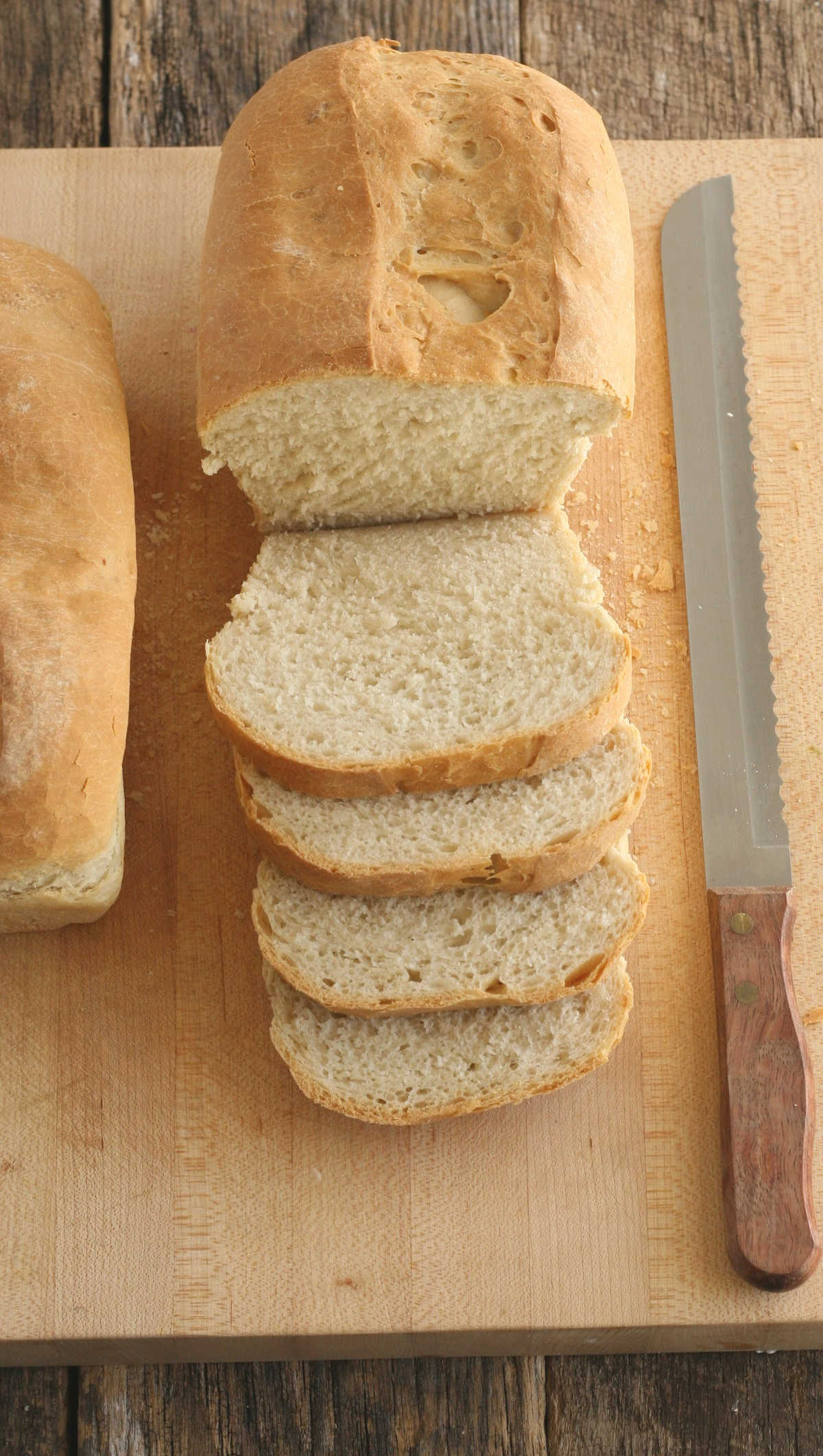
 590 views
590 viewsSourdough Bread
afarmgirlskitchen.com
5.0
(20)
40 minutes
Your folders
 131 views
131 viewsSourdough Bread
afarmgirlskitchen.com